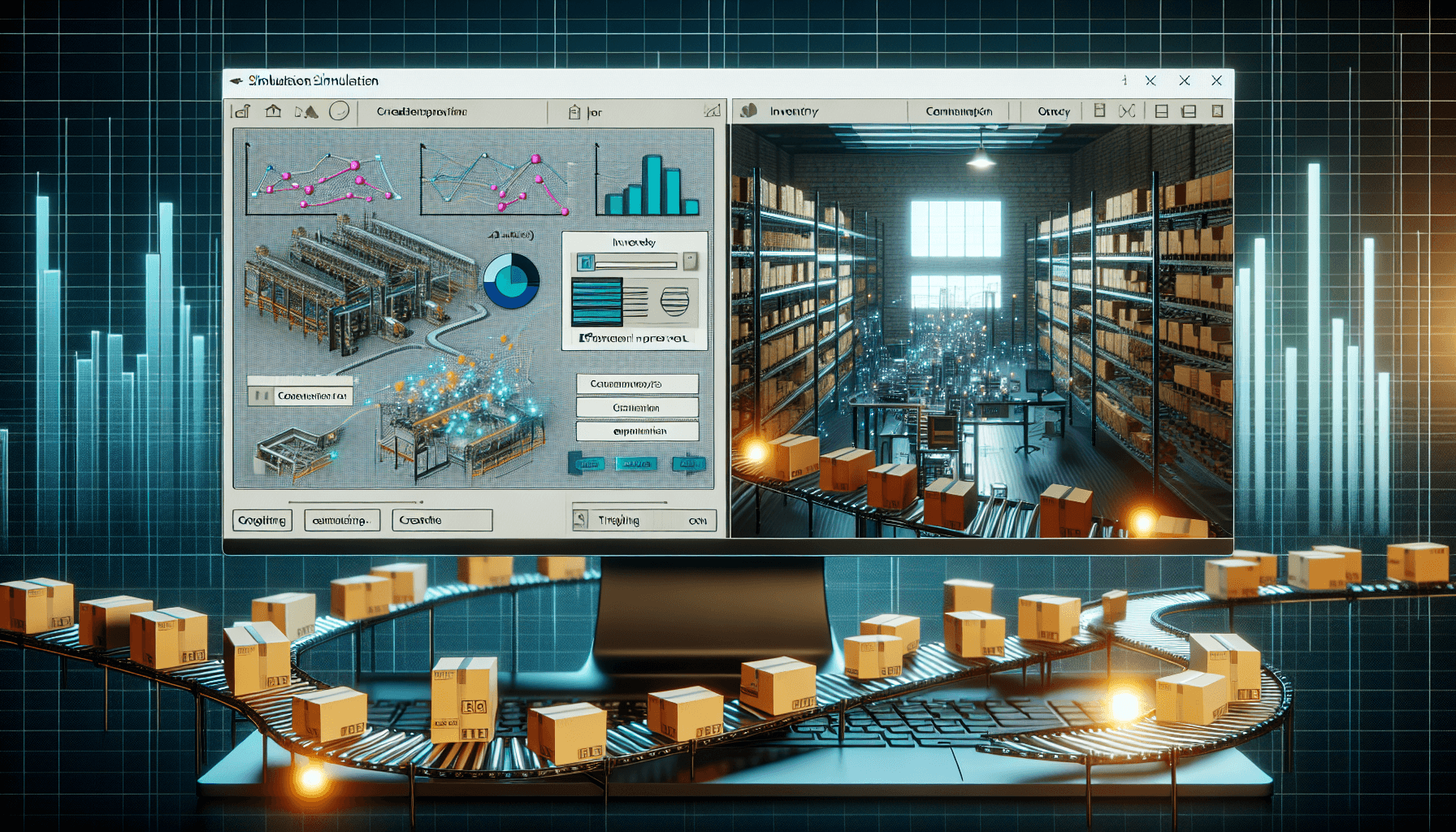Do you want to optimize the material flow in your warehouse and improve productivity? Look no further than HCO Innovations! With their expertise in warehouse optimization solutions, they can help you achieve a streamlined and efficient material flow process. One of the key technologies they use is simulation software, which plays a vital role in identifying bottlenecks, optimizing layout, and maximizing the utilization of resources.
What is Simulation Software?
Simulation software is a powerful tool that allows businesses to model and simulate real-world scenarios in a virtual environment. It enables warehouse managers and logistics professionals to experiment with different strategies, layouts, and workflows without making physical changes to the warehouse. By simulating various scenarios, businesses can gain insights into how their material flow processes can be improved and optimized.
Simulation software creates a digital twin of the warehouse, providing a virtual representation of the layout, equipment, and resources. Warehouse managers can use this software to run simulations and test different scenarios, such as changing the layout, adjusting resource allocation, or implementing new technology. They can analyze the impact of these changes on material flow and make data-driven decisions to optimize their operations.
The Benefits of Using Simulation Software
The use of simulation software in warehouse optimization offers several significant benefits:
- Identifying bottlenecks: Simulation software allows warehouse managers to identify bottlenecks in material flow processes. By running simulations, they can pinpoint areas where congestion occurs, equipment utilization is suboptimal, or employees face difficulty in performing their tasks. This information helps in devising solutions to overcome these challenges and improve overall productivity.
- Optimizing layout: Simulation software enables warehouse managers to experiment with different layout configurations. They can assess the impact of rearranging storage racks, relocating workstations, or modifying traffic flow patterns. By finding the most efficient layout, managers can reduce travel time, shorten picking routes, and increase throughput.
- Maximizing resource utilization: With simulation software, warehouse managers can analyze the allocation of resources, such as forklifts, conveyors, and manpower. They can determine the optimal number of resources needed to handle the workload effectively. By right-sizing resource allocation, businesses can eliminate excess resources, reduce costs, and use their assets more efficiently.
- Improving productivity: By leveraging simulation software, warehouse managers can identify and eliminate non-value-added activities or process inefficiencies. They can optimize workflows to minimize idle time, reduce waiting time, and eliminate unnecessary movements. This, in turn, leads to enhanced productivity and improved overall performance.
- Minimizing operational risks: Simulation software helps businesses anticipate and mitigate operational risks. By simulating potential disruptions, such as increased demand, supply chain disruptions, or equipment breakdowns, managers can develop contingency plans and risk mitigation strategies. This proactive approach ensures smoother operations and faster recovery in case of unexpected events.
HCO Innovations and Simulation Software for Material Flow Optimization
HCO Innovations specializes in providing warehouse optimization solutions that enhance safety, productivity, efficiency, and cost-effectiveness. They leverage simulation software to help businesses optimize their material flow processes and achieve operational excellence.
HCO Innovations’ team of experts starts by conducting a comprehensive material flow evaluation. They analyze your warehouse layout, processes, and current performance metrics. This evaluation helps in understanding the existing challenges, identifying bottlenecks, and determining areas for improvement.
Once the evaluation is complete, HCO Innovations uses advanced simulation software to generate a virtual model of your warehouse. They simulate various scenarios based on different layout configurations, resource allocation strategies, and workflow optimizations. By running these simulations, they assess the impact of changes on material flow, productivity, and efficiency.
The simulation results provide valuable insights, enabling HCO Innovations to recommend the most effective solutions for optimizing your material flow. These solutions may include layout redesign, process reengineering, technology implementation, or resource allocation adjustments.
By partnering with HCO Innovations, you can benefit from their expertise in using simulation software to improve your material flow. Their solutions are tailored to your specific needs and focused on delivering tangible results.
If you are ready to optimize your material flow and take your warehouse operations to the next level, contact HCO Innovations today to schedule a consultation. Unlock the power of simulation software and experience the benefits of a streamlined and efficient warehouse!

